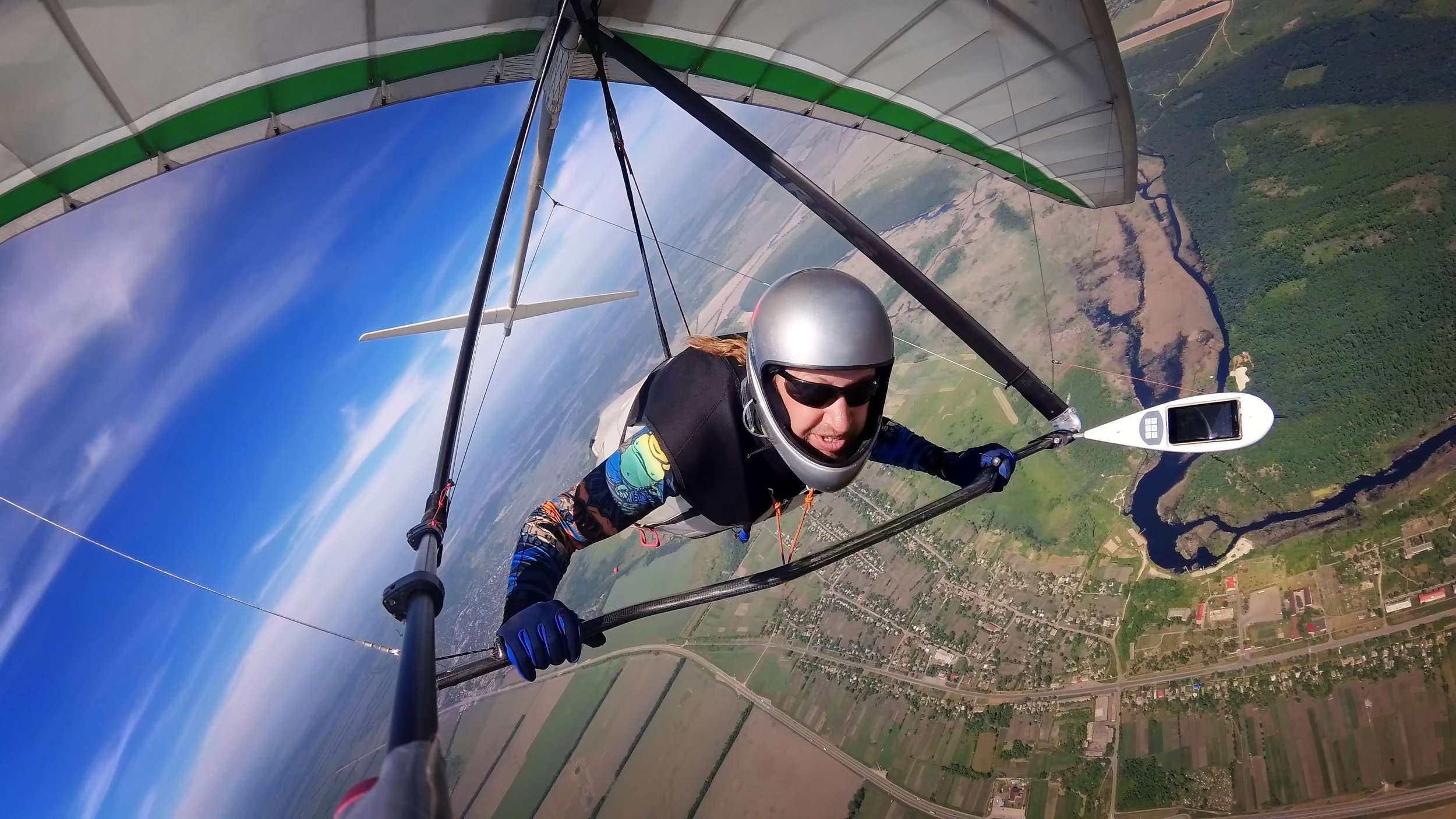Shoulder Dislocations? If You Are A "Consequence Athlete" You May Be In Danger
“Certain sports, like kayaking, hang gliding or big wave surfing can lead to a life-threatening situation if the shoulder pops out while participating in these activities.”
DISLOCATING SHOULDERS IN THE EXTREME "CONSEQUENCE" ATHLETE
Kind of a catchy title, right?
In fact, this is a real thing, with real stakes and very real "consequences".
Let's elaborate. I’ll give you a run down of a talk I have had to give a couple of times. When an athlete dislocates their shoulder we can talk to them pretty predictably about their risk of the shoulder popping out again. This is based on a combination of their age and types of sports they like to do.
““ Extreme Sports participation has gotten to be big business with more than 500 million dollars a year spent on outdoor Adventure vacations such as kayaking, white water rafting and mountain biking. Its not just for the fringe element anymore.””
In general, the younger the athlete when they first dislocate the shoulder, the higher the risk of the shoulder continuing to come out of joint during sports participation.
Extreme Sports refers typically to traditional types of sports taken to a different degree of execution or difficulty.
Certain sports, like kayaking, hang gliding or big wave surfing can lead to a life-threatening situation if the shoulder pops out while participating in these.
We’ve termed these participants “consequence athletes” and we tend to treat them differently.
For example, a 25 year old soccer player may be willing to accept a 60% chance that his shoulder may come out again, because there is a 40% chance it never will. If it pops out, he can go to the sidelines (or sometimes the ER) and have it popped back in. A crummy day, but not the end of the world.
But, If you happen to be one of our loose jointed athletes that we’ve discussed under the Female ACL topic (thefemaleacl.com), we can face an unacceptably high risk of re-dislocation, even in recreational athletes. The same athlete that instead jumps over cliffs Big Mountain skiing could potentially die if his shoulder were to pop out while jumping over a 30 foot or bigger cliff. Needless to say, we need to avoid this scenario.
The big point here: Consequence athletes participating in Extreme Sports need and deserve a whole different thought process.
Extreme Sports Are: More Common Than You Think
““Consequence athletes participating in Extreme Sports need and deserve a whole different thought process.””
As crazy as this sounds, I’ll bet most of you either participate, or have a close friend that participates, in an extreme sport. Once they dislocate their shoulder for the first time, they immediately become a “consequence athlete”.
"Extreme" Sports participation has gotten to be big business with more than 500 million dollars a year spent on outdoor Adventure vacations such as kayaking, white water rafting and mountain biking.
It's not just for the fringe element anymore.
Several recent large studies looking at busy shoulder surgeon trends in the US have shown that the incidence of shoulder stabilization surgeries is on the rise. Contact athletes, such as football and lacrosse players, have a tendency to undergo more open rather than arthroscopic surgeries to stabilize the shoulder, although arthroscopic procedures are still the most common.
Interestingly enough, there has been a significant bump in the number of open “bone block” procedures performed. You may have heard the term "coracoid transfer" or "Latarjet procedure" as an example of these.
Although this surgery is a bigger deal than the arthroscopic ones, it has the lowest chance of ever re-dislocating. (See below for an animated example of the Latarjet procedure.)
The Focus - activity Preservation
So, like everything else in our sports medicine world, the way we treat a problem has everything to do with what you are looking to get back to doing. That's why we've been focusing so much on Activity Preservation-- designing a treatment plan based on keeping you doing the activities you love.
Treatments for The Collision and Consequence Athlete
Collision athletes should lean more toward having their shoulder stabilized surgically once it first pops out of joint for the first time because of the extremely high risk of re-dislocation.
Consequence athletes and those participating in Extreme Sports not only should have their shoulder instability fixed-- don’t be surprised if there is a recommendation toward an open rather than arthroscopic solution proposed, one that may even include transferring a bone to the front of the shoulder to prevent it from coming out again.















